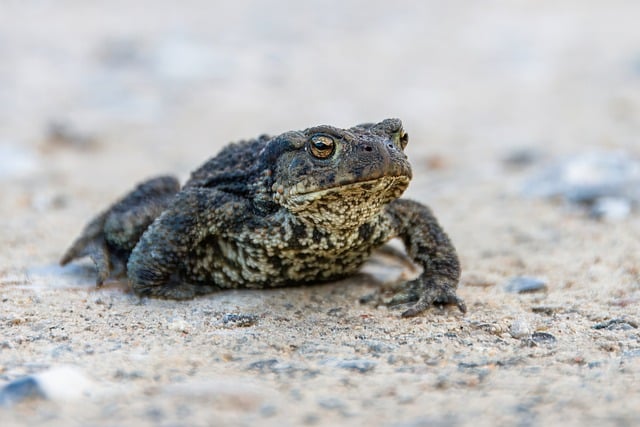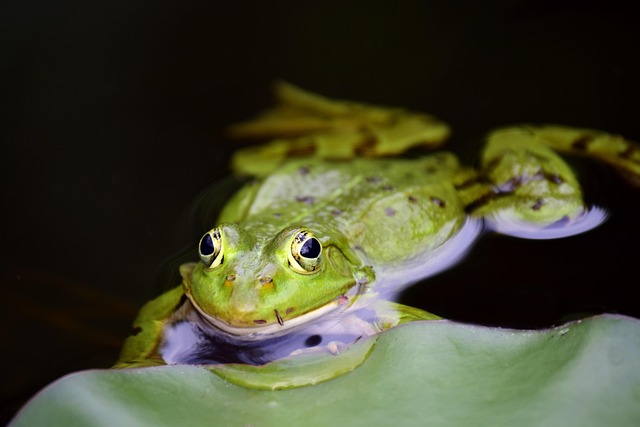
“Preserving the Future: Endangered Amphibians in Peril”
Preserving the Future: Endangered Amphibians in Peril
In a world teeming with vibrant ecosystems, endangered species such as amphibians serve as critical indicators of our planet’s health. These remarkable creatures, encompassing frogs, toads, salamanders, and newts, have inhabited the Earth for millions of years. Yet, tragically, many of them are now facing the brink of extinction. Their plight resonates on a deeper level, evoking a sense of urgency as we contemplate the implications of losing these enchanting beings forever.
The Silent Saviors of Ecosystems
Amphibians are often considered the “canaries in the coal mine” of environmental health. They play vital roles in our ecosystems, acting as both predators and prey. Their presence ensures a balanced food chain, helping control insect populations and providing sustenance to larger animals. However, their permeable skin makes them exceptionally sensitive to environmental changes, including pollution and habitat destruction. When amphibians suffer, it signals the distress of entire ecosystems.
Factors Threatening Amphibian Survival
The decline of amphibian populations is attributed to multiple interwoven factors. Climate change leads to altering weather patterns and habitat loss, while deforestation diminishes their natural shelters. The spread of infectious diseases, particularly chytridiomycosis—a fungal infection—has wreaked havoc among various species. Additionally, human activities such as urbanization, agriculture, and pollution continue to devastate their habitats, forcing these extraordinary creatures into critical survival mode.
The Emotional Connection
When we think of endangered species, it’s easy to feel a sense of helplessness. Yet, it’s crucial to recognize that each of us has a role in safeguarding our planet’s biodiversity. Imagine the serene croaking of frogs on a warm summer evening or the sight of vibrant salamanders gliding through lush forests. These small but mighty beings contribute to our collective experience of nature, enriching our lives with their presence.
Conservation Efforts: A Ray of Hope
Despite the grim reality, there is hope. Conservation efforts worldwide are mobilizing to protect amphibian habitats, implement breeding programs, and raise awareness about their critical status. Initiatives focusing on sustainable practices aim to restore their ecosystems and mitigate the impacts of climate change. Organizations are working tirelessly to develop strategies that combat diseases affecting these species, while educational campaigns inspire communities to embrace their role in protecting our amphibious friends.
What Can You Do?
You can join the fight to preserve these incredible creatures. Support local conservation programs, educate yourself and others about the importance of amphibians, and advocate for policies that protect their habitats. Simple actions such as creating wildlife-friendly gardens and reducing waste can also contribute to a healthier environment for these endangered species. By fostering a connection with nature and actively participating in conservation efforts, we can help ensure a vibrant future for amphibians and the ecosystems they inhabit.



